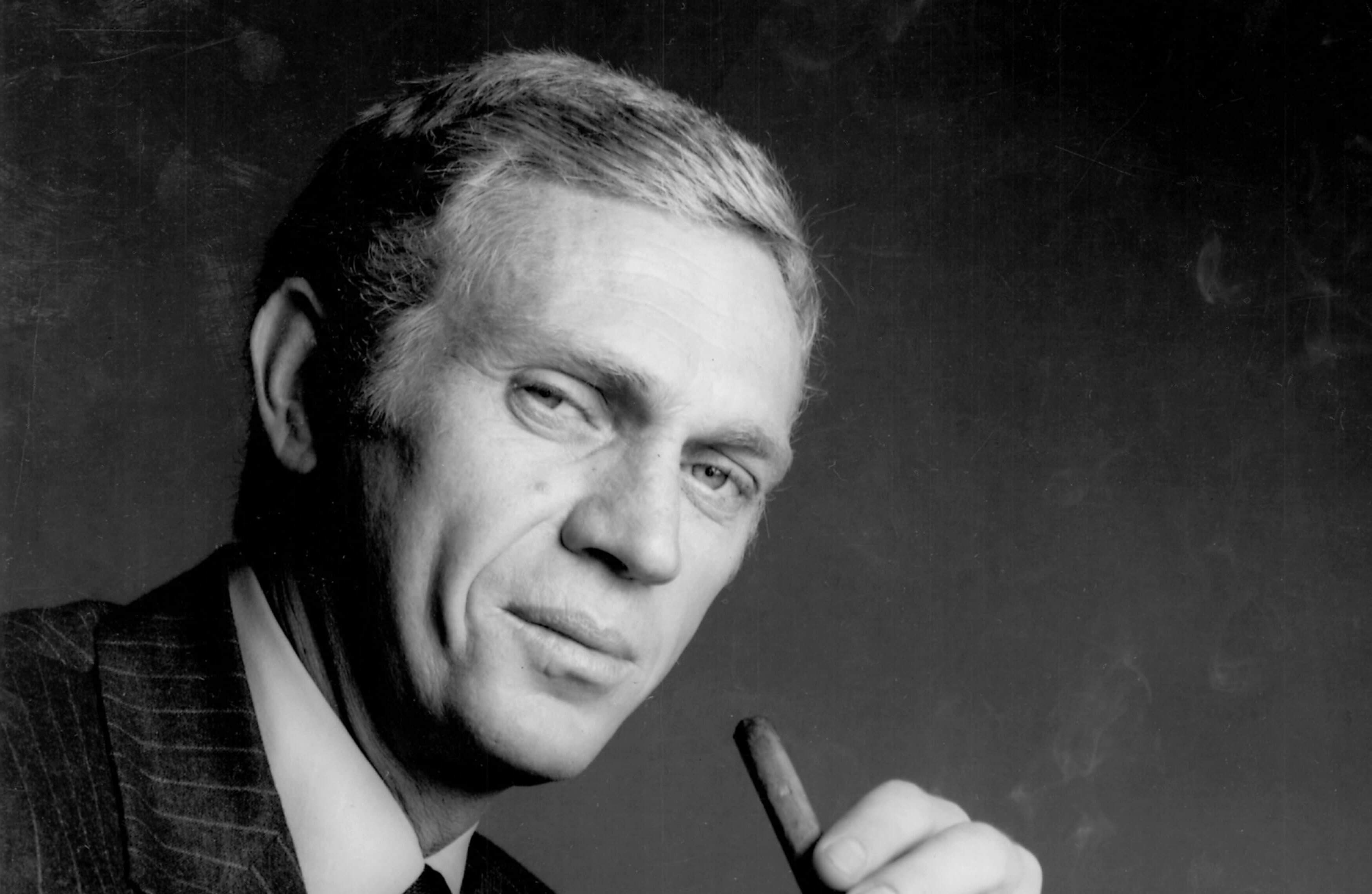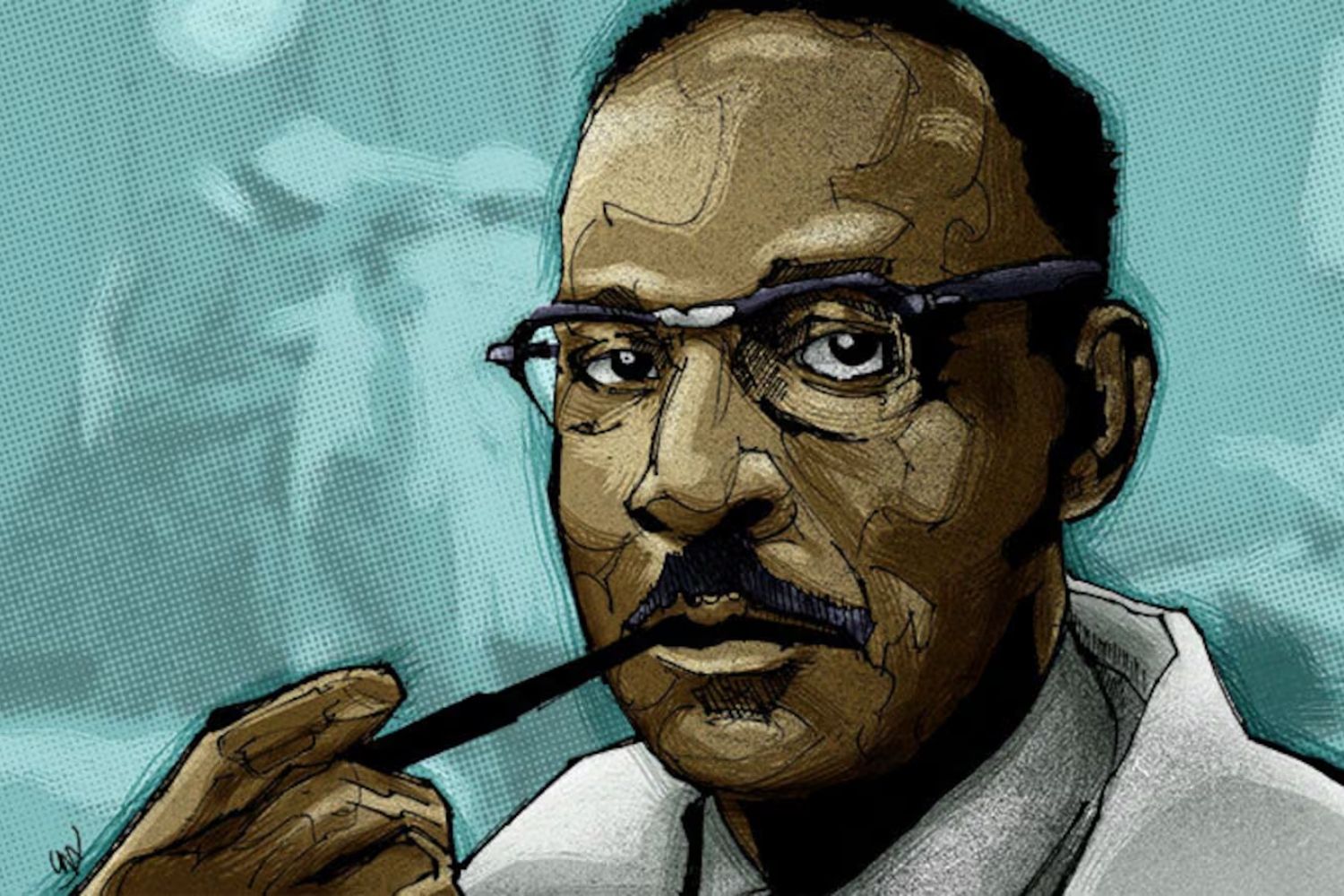
Steve McQueen, the "King of Cool," left an indelible mark on Hollywood with his rugged charm and rebellious spirit. But how did Steve McQueen die? His death shocked fans worldwide and remains a topic of intrigue. McQueen's battle with mesothelioma, a rare cancer often linked to asbestos exposure, was a tragic chapter in his life. Despite seeking unconventional treatments in Mexico, his health deteriorated rapidly. On November 7, 1980, the world lost this iconic actor at just 50 years old. Understanding the circumstances surrounding his death offers a glimpse into the vulnerabilities of a man who seemed invincible on screen.
Key Takeaways:
- Steve McQueen, the "King of Cool," overcame a tumultuous childhood and rose to Hollywood stardom. His battle with cancer sparked debates about alternative treatments and the dangers of asbestos exposure.
- Beyond his iconic film roles, McQueen's love for motorcycles, cars, and martial arts defined his persona and continues to influence fashion and popular culture today.
Early Life and Career
Steve McQueen, known as the "King of Cool," had a life filled with adventure and drama. His death, like his life, was surrounded by intrigue and speculation.
- 01Born on March 24, 1930, in Beech Grove, Indiana, Steve McQueen's early life was marked by instability and hardship.
- 02His father abandoned the family when Steve was just a few months old, leading to a tumultuous childhood.
- 03McQueen spent time in a reform school, the California Junior Boys Republic, which he later credited with turning his life around.
- 04Before becoming an actor, McQueen served in the U.S. Marine Corps, where he was promoted to Private First Class and later demoted for insubordination.
Rise to Fame
Steve McQueen's rise to stardom was meteoric, and he quickly became one of Hollywood's most bankable stars.
- 05McQueen's breakout role came in the 1958 film "The Blob," a low-budget horror movie that became a cult classic.
- 06He gained widespread recognition for his role in the TV series "Wanted: Dead or Alive," which aired from 1958 to 1961.
- 07His performance in "The Magnificent Seven" (1960) solidified his status as a leading man in Hollywood.
- 08McQueen's role in "The Great Escape" (1963) showcased his talent for performing his own stunts, including the famous motorcycle chase scene.
Health Struggles
Despite his tough-guy image, Steve McQueen faced significant health challenges throughout his life.
- 09McQueen was a heavy smoker, which contributed to his health problems later in life.
- 10In 1978, he began experiencing a persistent cough and shortness of breath, which led to a diagnosis of pleural mesothelioma, a rare and aggressive form of cancer.
- 11Mesothelioma is often linked to asbestos exposure, and McQueen believed he was exposed to asbestos while working on movie sets and in the Marine Corps.
- 12By the time of his diagnosis, the cancer had already spread, making treatment options limited.
Alternative Treatments
In his quest to fight cancer, Steve McQueen sought out unconventional treatments.
- 13McQueen traveled to Mexico in 1980 to undergo alternative treatments that were not available in the United States.
- 14He received treatments at the clinic of Dr. William Kelley, who used a controversial regimen involving coffee enemas, laetrile (a substance derived from apricot pits), and other unproven methods.
- 15Despite the lack of scientific evidence supporting these treatments, McQueen was desperate for a cure and willing to try anything.
- 16His decision to seek alternative treatments was met with criticism from the medical community and skepticism from the public.
Final Days
Steve McQueen's final days were marked by a mix of hope and despair as he battled his illness.
- 17In October 1980, McQueen underwent surgery in Ciudad Juárez, Mexico, to remove a large tumor from his abdomen.
- 18The surgery was risky, and doctors warned that McQueen might not survive the procedure.
- 19Despite the odds, McQueen came through the surgery, but his condition continued to deteriorate.
- 20On November 7, 1980, Steve McQueen died of a heart attack at the age of 50, just hours after the surgery.
Legacy and Impact
Steve McQueen's death left a lasting impact on Hollywood and his fans around the world.
- 21McQueen's funeral was held in Los Angeles, and he was buried in an unmarked grave in the Pacific Ocean.
- 22His widow, Barbara Minty, later scattered his ashes in the Pacific Ocean, fulfilling his final wish.
- 23McQueen's death brought attention to the dangers of asbestos exposure and the need for better safety regulations.
- 24His battle with cancer and decision to seek alternative treatments sparked debates about the efficacy and ethics of such methods.
Personal Life
Steve McQueen's personal life was as colorful and complex as his career.
- 25McQueen was married three times, first to Neile Adams, then to Ali MacGraw, and finally to Barbara Minty.
- 26He had two children with Neile Adams: a son, Chad, and a daughter, Terry.
- 27McQueen's relationship with Ali MacGraw was highly publicized, and their marriage was marked by both passion and turmoil.
- 28Despite his tough exterior, McQueen was known to be a loving father and a loyal friend.
Hobbies and Interests
Beyond acting, Steve McQueen had a wide range of interests and hobbies that defined his persona.
- 29McQueen was an avid motorcycle and car enthusiast, often performing his own stunts in films.
- 30He participated in several professional racing events, including the 12 Hours of Sebring and the Baja 1000.
- 31McQueen's extensive collection of motorcycles and cars included rare and valuable models, some of which were auctioned off after his death.
- 32He was also passionate about martial arts and held a black belt in karate.
Cultural Influence
Steve McQueen's influence extended beyond the silver screen, impacting fashion, music, and popular culture.
- 33McQueen's iconic style, characterized by rugged masculinity and effortless cool, continues to inspire fashion trends today.
- 34He was known for his love of denim, leather jackets, and aviator sunglasses, which became signature elements of his look.
- 35McQueen's image has been referenced in numerous songs, films, and TV shows, cementing his status as a cultural icon.
- 36His rebellious spirit and anti-establishment attitude resonated with the counterculture movement of the 1960s and 1970s.
Posthumous Recognition
Even after his death, Steve McQueen's legacy continues to be celebrated and honored.
- 37In 2007, McQueen was inducted into the Motorcycle Hall of Fame, recognizing his contributions to the sport.
- 38His films, including "Bullitt," "Papillon," and "The Thomas Crown Affair," remain classics and are regularly screened and studied by film enthusiasts.
Steve McQueen's Legacy Lives On
Steve McQueen's death on November 7, 1980, marked the end of an era in Hollywood. Known as the "King of Cool," his influence on film and pop culture remains undeniable. From his iconic roles in movies like "Bullitt" and "The Great Escape" to his passion for racing, McQueen's life was a blend of adventure and rebellion. Despite his passing, his legacy continues to inspire new generations. Fans still celebrate his work, and his films remain classics. McQueen's battle with mesothelioma, a rare cancer, highlighted the dangers of asbestos exposure, bringing awareness to the issue. His story is a testament to living life on one's terms, facing challenges head-on, and leaving an indelible mark on the world. Steve McQueen may be gone, but his spirit and contributions to cinema will never be forgotten.
Frequently Asked Questions
Was this page helpful?
Our commitment to delivering trustworthy and engaging content is at the heart of what we do. Each fact on our site is contributed by real users like you, bringing a wealth of diverse insights and information. To ensure the highest standards of accuracy and reliability, our dedicated editors meticulously review each submission. This process guarantees that the facts we share are not only fascinating but also credible. Trust in our commitment to quality and authenticity as you explore and learn with us.


